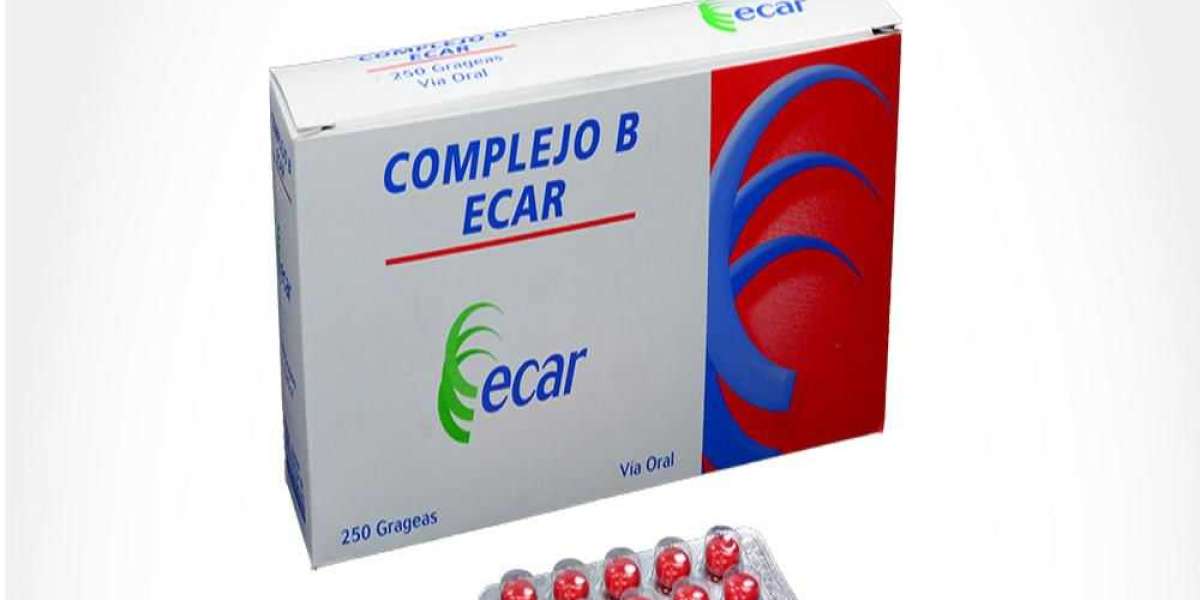In the current times, improvements in the field of farming in the type of ex-vitro plant proliferation have shown beneficial to the male kind. One such plant, which has been established by ex-intro, is Jatropha, found in large quantities in Indonesia. This plant consists of 25 to 35 percent oil and can be used to produce biodiesel, conserving land, and a boost in the earnings of farmers.
Earlier, there were particular difficulties while growing the jatropha curcas plant. First of all, the propagation and transportation of the seedlings of Jatropha was expensive and time-consuming. The soil in which, it grows is low in performance triggering the plant to decay and have diseases and last however not the least, the jatropha curcas plant takes considerable time to adjust itself, to the brand-new environment.
Observing all these difficulties, the agricultural experts advocated ex-vitro jatropha curcas proliferation. The ex-vitro of Jatropha fixed the difficulties, dealt with earlier of planting it. The seedling procedure was made quick and economical. The cost of transport was decreased, as the seedlings were planted nearby, in the area of the plantation. Mother plants were chosen from the same area, which did not need the seedlings to adapt themselves, thus conserving time.
The ex-vitro Jatropha technique embraced in the plant propagation scheme had root culturing as its basis, where the shoots were grown outside the field in the glass vessels. The platelets grown from this, was instantly acclimatized in the green home. The seedlings were extremely heterogeneous, in character and for this reason, high level of proliferation was possible.
The ex-vitro jatropha curcas method showed to be economical. Great care was required to offer ecological and dietary worth to the plant. Soon, after adopting ex-vitro for jatropha plant, the two months plantlets were ready to be planted in the field. Rooting was attained, in around three weeks. The federal governments in lots of nations are taking initiatives to encourage the farming researchers to establish jatropha plant propagations through ex-vitro techniques, which are more affordable and sustainable. There are lots of institutes, which train people about, this approach to increase production.

The institutes engaged in ex-vitro jatropha approaches of plant proliferation took utmost care in nurturing the plants by creating natural conditions. For example, jatropha curcas grows in well drained pipes soil and is dry spell resistant. The ex-vitro approach likewise, increased the level of seedlings, which were complimentary from bug and disease. This technique of ex-vitro of jatropha showed easy and inexpensive and the seedlings were close to their moms and dad, thus, preventing problems.
There are specific elements that can impact the ex-vitro growth in jatropha plants. They are aspects like sunshine, humidity, nature of soil and other weather conditions. Hence, care has actually to be required to adjust these elements to match ex-vitro.







